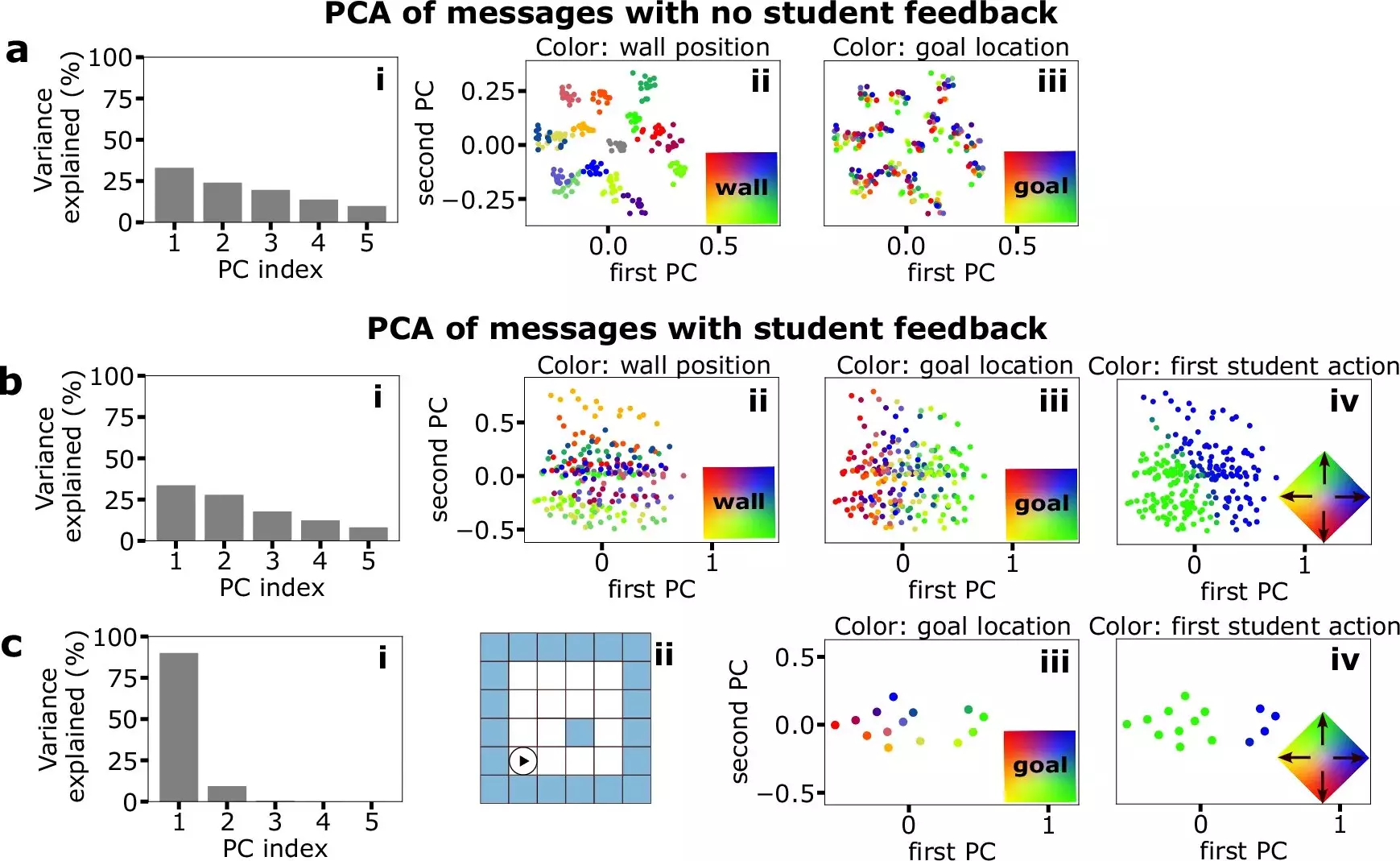In the realm of both biological and artificial systems, communication serves as the backbone of effective learning and social interaction. It is through various means—be it vocalization, gestural cues, or even chemical signals—that knowledge is transmitted across generations and species. Recent investigations led by researchers from the University Hospital Bonn and the University of Bonn shine a spotlight on the pivotal role of communication not just as a vehicle for transmitting information but as a complex interplay between sender and receiver that influences how effectively tasks are learned and executed. The findings, published in the journal **Nature Communications**, underscore the notion that successful communication is essential for survival across species and bolsters cognitive functioning by shaping our understanding of the world around us.
Communication is not merely a function of exchanging words or signals; it embodies an intricate dance of cognition where the communicative act influences the understanding and learning capabilities of individuals involved. As articulated by Prof. Tatjana Tchumatchenko, a leading figure in the study, our everyday interactions illustrate the profound impact of social communication on our learning capacities. The phrase “teaching is learning for the second time” encapsulates this concept, stressing that the cognitive processes involved in both teaching and learning are intertwined.
Just as animals develop language mechanisms for successful survival, artificial agents in the study were engineered to simulate this same phenomenon. Researchers utilized artificial neural networks to act as both teachers and students, with the teacher learning to navigate a maze, thereby creating a basis for instructional communication. This innovative model not only provides insights into the mechanics of artificial learning but also simulates conditions akin to those found in natural settings where communication is pivotal for the transfer of skills.
The study’s results reveal fascinating parallels between human language development and the linguistic constructs formed by artificial intelligence. As noted by Carlos Wert-Carvajal, co-corresponding author of the study, the essence of language lies in its ability to efficiently encapsulate shared experiences. This efficiency is crucial; it is not merely about communicating lengthier descriptions but rather about distilling information into concise, universally understood terms.
For instance, instead of endlessly categorizing an apple with descriptors like “sweet, crunchy, round, red or green,” an efficient system adopts the singular term “apple.” This ability to abstract and optimize communication reflects both cognitive evolution and the functional needs of the speakers or communicators. The artificial agents echoed this principle, developing a form of communicative syntax that enhanced instructional clarity and effectiveness.
The study highlights another crucial aspect of communication—the feedback loop. The researchers observed that as the teacher network received feedback regarding the student’s performance, its linguistic approach adapted to maximize clarity and usefulness. Tobias Wieczorek, the first author of the study, pointed out that such a dynamic interplay showcases communication as a reciprocal relationship; information is not just disseminated, it is refined and tailored based on the receiver’s needs.
This model exposes a rich avenue for exploration in both biological and artificial learning environments. By demonstrating how communicators can adjust their messaging based on performance and understanding, researchers illustrated how an adaptive communication strategy leads to enhanced task performance and a deeper comprehension of complex concepts.
One of the most striking revelations from this research is the ability of these artificial agents to teach one another despite possessing no explicit teaching skills. By employing the language they had developed, the agents were able to convey critical information, facilitating a form of peer learning that reflects an essential characteristic of human education. Dr. Maximilian Eggl noted that this phenomenon underscores the potential of effective communication to transcend formal teaching frameworks, enabling individuals (or agents) without direct educational methodologies to foster knowledge transfer.
This outcome is particularly compelling when considering the broader implications for both educational strategies and artificial intelligence design. By harnessing the principles of effective communication, educators and AI developers could enhance learning systems that prioritize socio-cognitive mechanisms, creating environments that mimic the successful strategies observed in nature.
As the recent research from the University of Bonn unveils, the mechanisms of communication are integral not only to survival but also to the processes of learning and adaptation. The findings illuminate the importance of designing systems—be they biological or artificial—that embody these communication principles. By fostering an environment where information is exchanged efficiently and adaptively, we can optimize learning outcomes in increasingly complex environments. This research offers a foundation for further exploration into how we can leverage the dynamics of communication to enhance both human education and the development of artificial intelligence.

